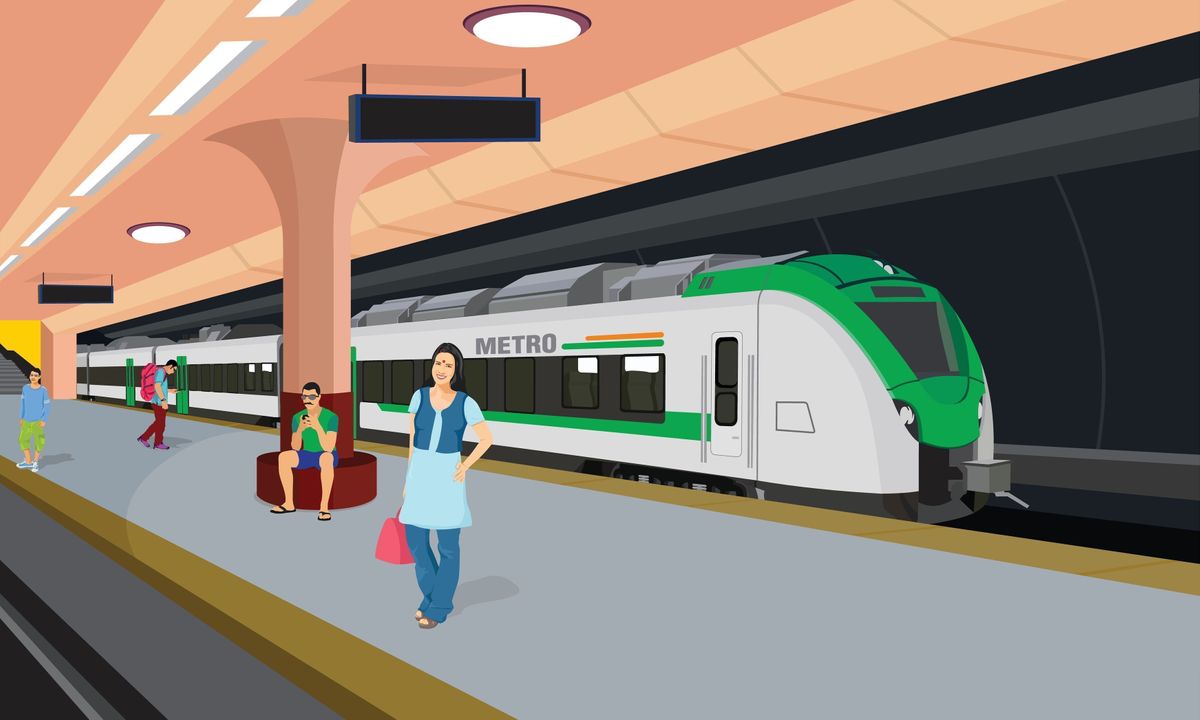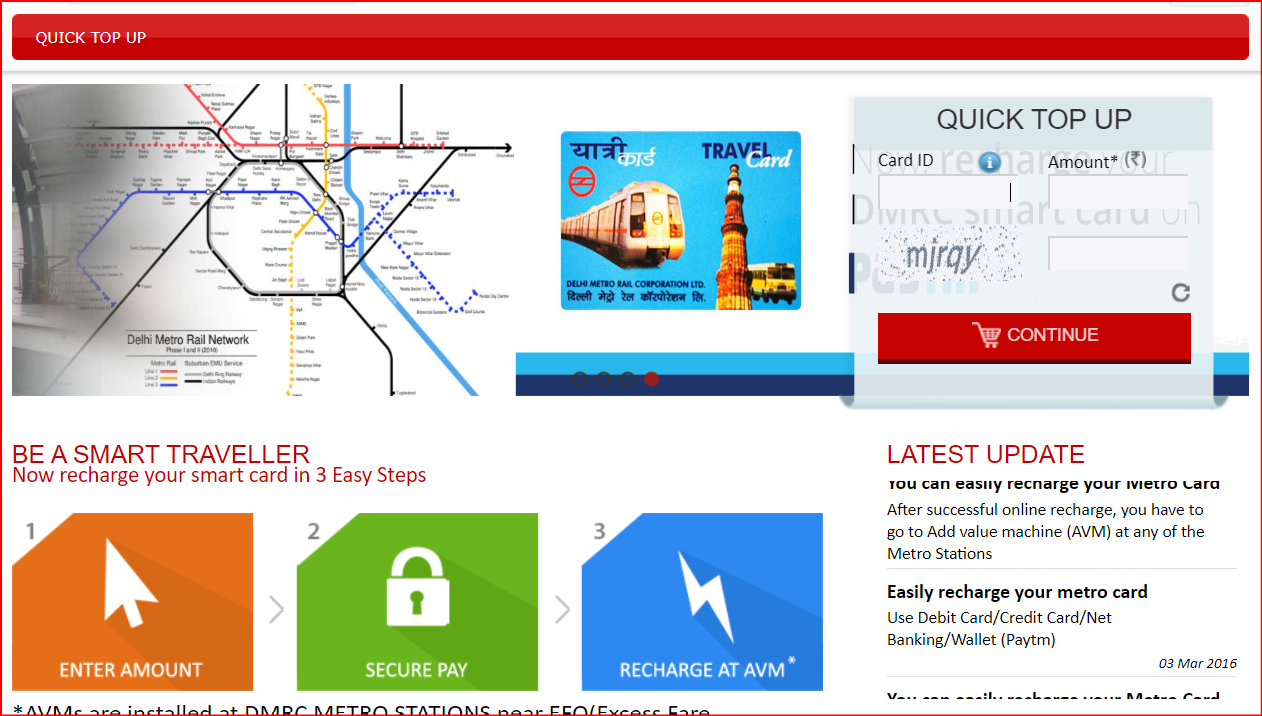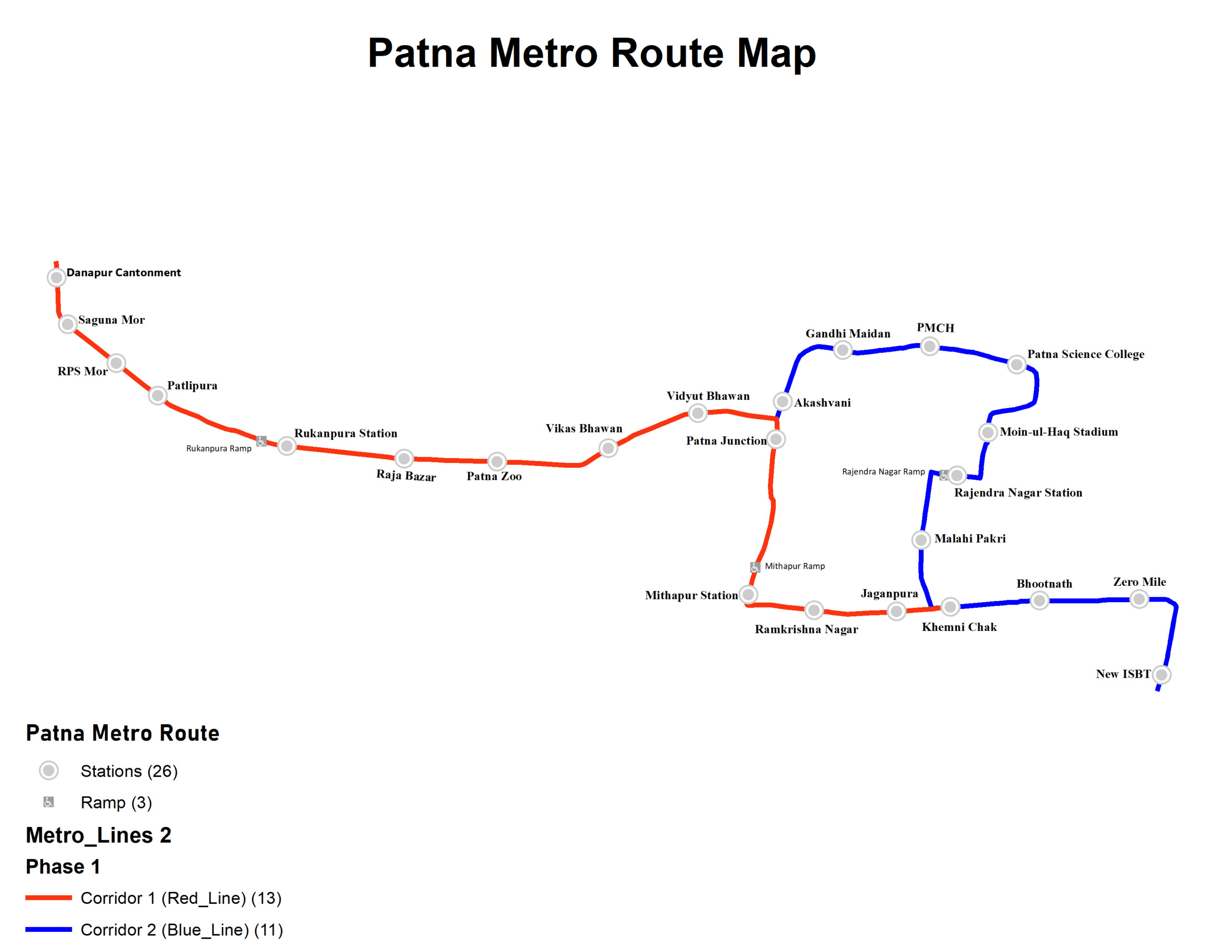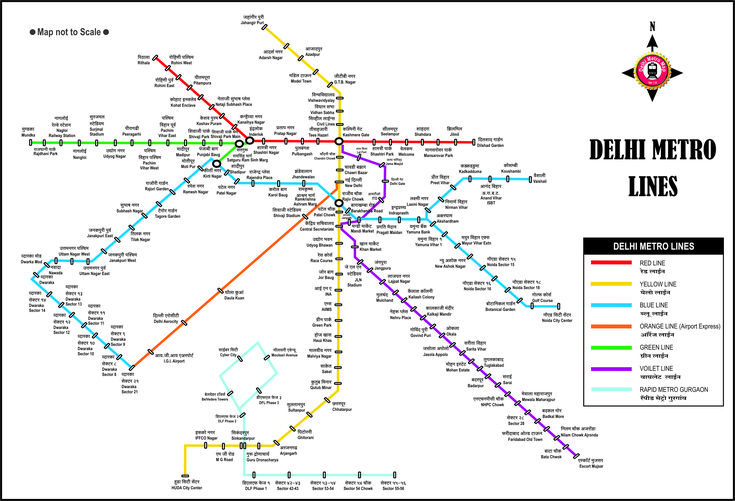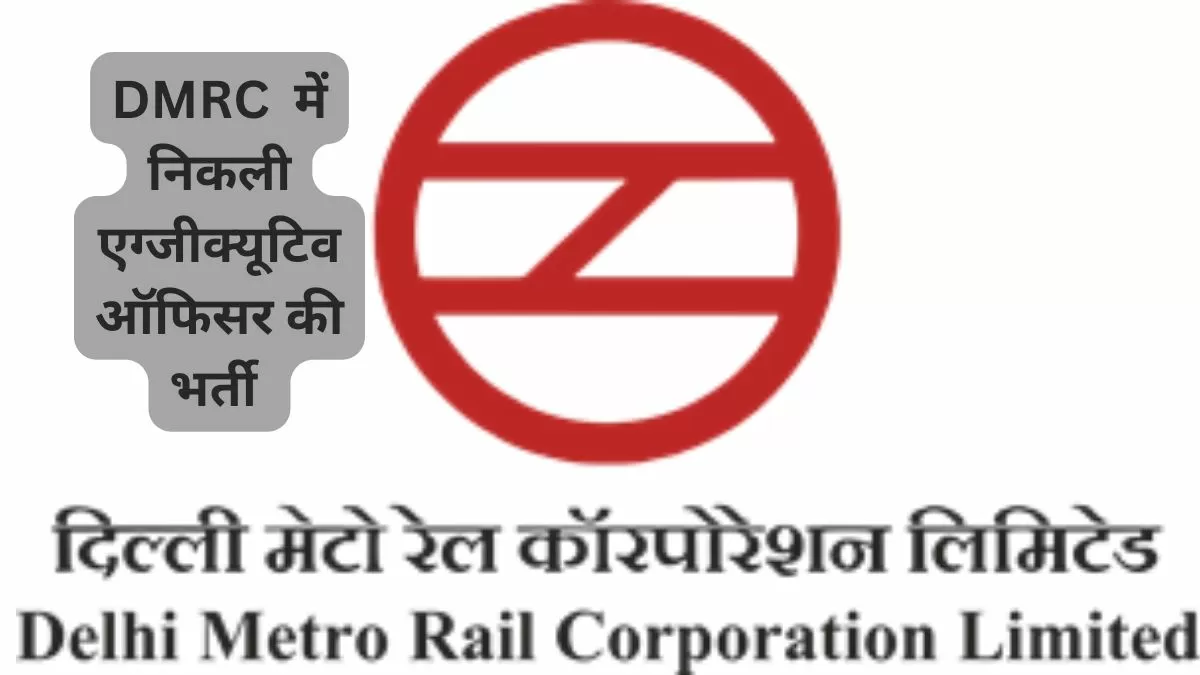India is a land of diversity, with thousands of towns and cities spread across the country. But among them, a few stand out as Metro Cities, also known as Metropolitan Cities. These are the largest, most developed, and most influential cities that play a major role in shaping the economy, culture, and lifestyle of the nation.
In this blog, we will understand what a Metro City means, which cities in India are officially considered metro cities, their unique features, and why they are important for the country’s growth.

What is a Metro City?
A Metro City or Metropolitan City is a city with a very large population, usually above 40–50 lakh, and advanced infrastructure. These cities serve as major centers of business, education, politics, healthcare, and entertainment.
In India, metro cities are the backbone of the nation’s urban growth. People from rural areas and smaller towns migrate to metro cities for better opportunities in jobs, education, and lifestyle.
Official Metro Cities of India
The Government of India officially recognized four metro cities as the primary metropolitan areas of the country:
Later, other cities like Bangalore, Hyderabad, Pune, and Ahmedabad also grew rapidly and are often counted as new-generation metro cities due to their population, development, and global importance.
List of Major Metro Cities in India
1. Delhi – The Capital City
- Population: ~3.5 crore (Delhi NCR)
- Speciality: Political and administrative hub of India
- Highlights:
- Houses Parliament, Supreme Court, and Rashtrapati Bhavan
- Rich heritage – Red Fort, Qutub Minar, India Gate
- Delhi Metro – One of the largest metro networks in the world
- Strong job opportunities in IT, services, media, and government
2. Mumbai – The Financial Capital
- Population: ~2 crore
- Speciality: India’s financial and entertainment hub
- Highlights:
- Headquarters of RBI, Bombay Stock Exchange, and major banks
- Bollywood film industry capital
- Famous landmarks – Gateway of India, Marine Drive, Elephanta Caves
- Highly cosmopolitan culture with people from all over India
3. Kolkata – The Cultural Capital
- Population: ~1.5 crore (Kolkata Metropolitan Area)
- Speciality: Known for literature, art, and heritage
- Highlights:
- Victoria Memorial, Howrah Bridge, Dakshineswar Temple
- Hub of education – Presidency University, Jadavpur University
- Oldest metro system in India (Kolkata Metro)
- Important trade and port city in Eastern India
4. Chennai – Gateway to South India
- Population: ~1.2 crore
- Speciality: Industrial and cultural hub of South India
- Highlights:
- Known for Marina Beach, Kapaleeshwarar Temple, and Fort St. George
- Automobile hub – often called the “Detroit of India”
- IT corridor – major global tech companies located here
- Classical music, dance, and Dravidian architecture thrive in Chennai
5. Bangalore (Bengaluru) – The IT Hub of India
- Population: ~1.2 crore
- Speciality: Silicon Valley of India
- Highlights:
- Headquarters of major IT companies and startups
- Pleasant climate and modern lifestyle
- Known for Lalbagh, Cubbon Park, and Vidhana Soudha
- Education and research center with IISc, IIM-B, and top universities
6. Hyderabad – The City of Pearls and Technology
- Population: ~1 crore
- Speciality: Blend of history and modern IT industry
- Highlights:
- Famous for Charminar, Golconda Fort, and biryani
- HITEC City – global IT and biotech hub
- One of the fastest-growing metro cities in India
- Rich mix of culture, food, and modern infrastructure
7. Pune – The Education and IT Hub
- Population: ~70 lakh
- Speciality: Oxford of the East
- Highlights:
- Known for educational institutions like Fergusson College, Pune University
- IT and automobile industries growing rapidly
- Pleasant climate and modern urban lifestyle
- Mix of history, culture, and innovation
8. Ahmedabad – Industrial and Heritage City
- Population: ~80 lakh (Ahmedabad Urban Area)
- Speciality: Textile and industrial hub of India
- Highlights:
- Famous for Sabarmati Ashram, Kankaria Lake, and heritage sites
- Strong base of textile and diamond industries
- Developing IT and startup ecosystem
- Declared India’s first UNESCO World Heritage City
Importance of Metro Cities in India
Metro cities play a vital role in the development of India.
- Economic Powerhouses – They contribute the highest GDP share.
- Employment Opportunities – Corporate offices, industries, IT hubs, and startups.
- Cultural Diversity – People from across India live and work together.
- Global Connectivity – International airports, global companies, and trade centers.
- Urban Lifestyle – Better housing, healthcare, education, and entertainment.
Life in Metro Cities
- Advantages:
- Better jobs and income opportunities
- Modern infrastructure and public transport
- High-quality schools, colleges, and hospitals
- Diverse culture and entertainment options
- Challenges:
- High cost of living
- Traffic congestion and pollution
- Stressful, competitive lifestyle
- Overcrowding and limited space
Conclusion
Metro cities in India are more than just large urban areas – they are the pillars of progress and modern lifestyle. From the political capital Delhi to the financial powerhouse Mumbai, from cultural Kolkata to technological Bangalore, each metro city has its unique identity and importance.
As India continues to urbanize, more cities will join the league of metro cities. For now, the 8 major metro cities – Delhi, Mumbai, Kolkata, Chennai, Bangalore, Hyderabad, Pune, and Ahmedabad – remain the heart of India’s growth story.
